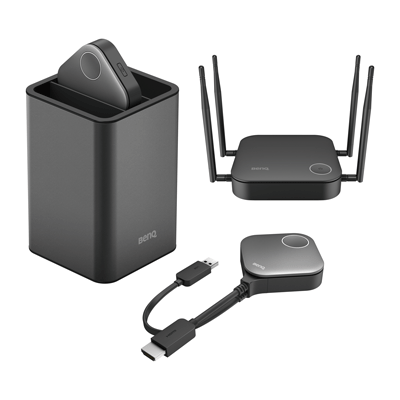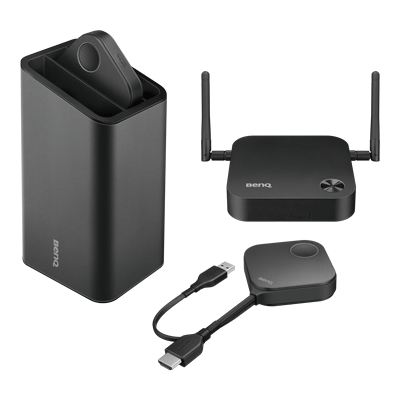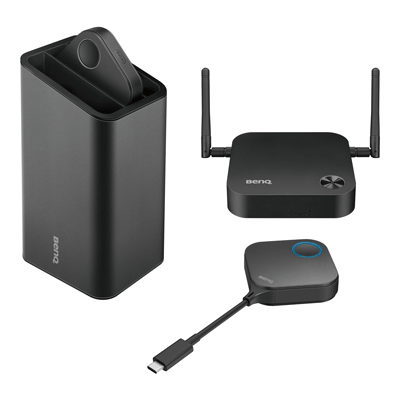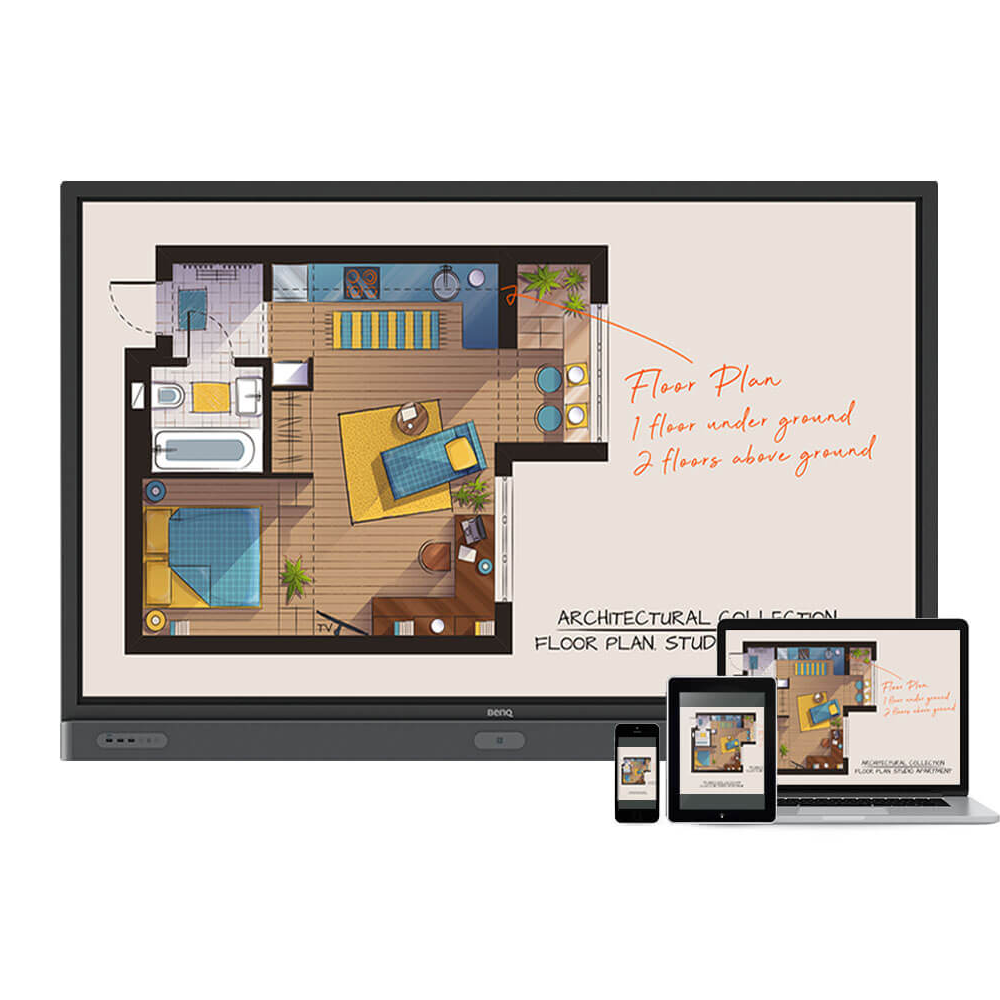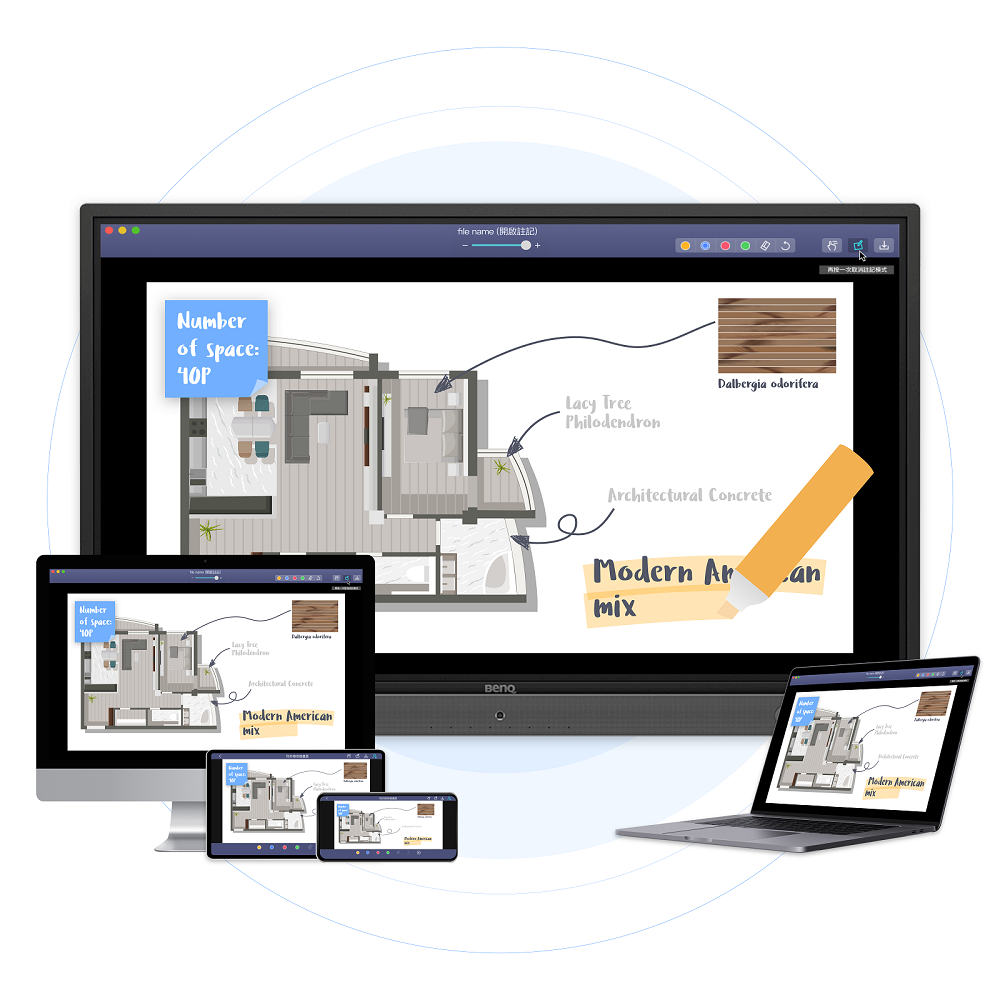Differences and Similarities Between InstaShow and InstaShare 2
- BenQ
- 2021-08-25
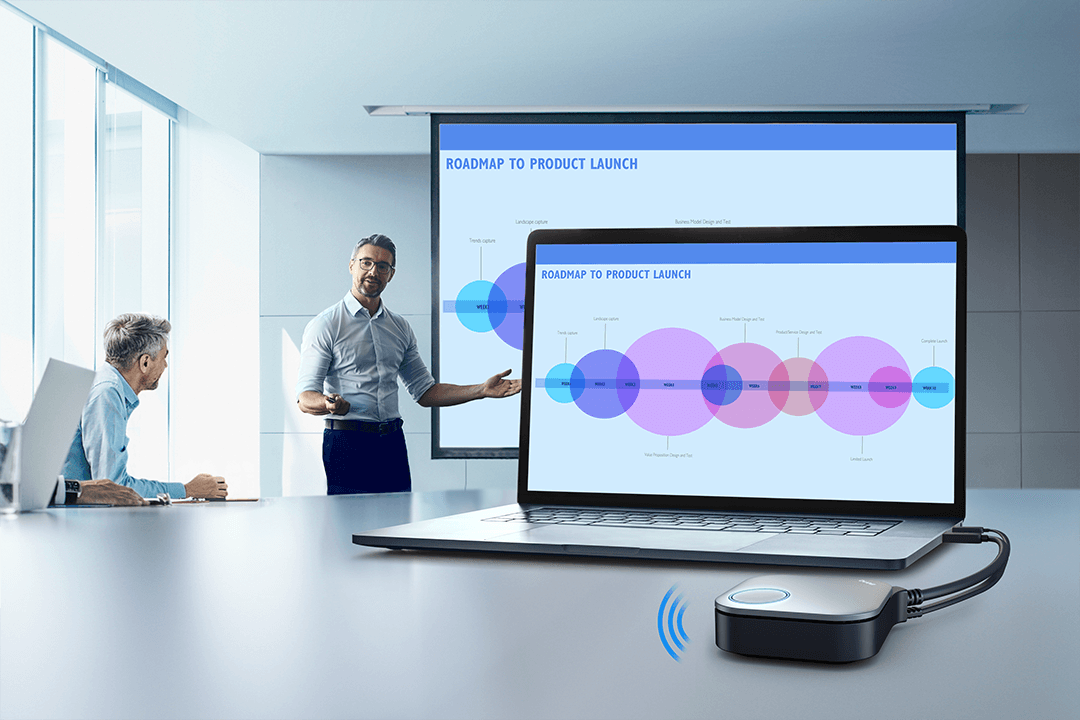
Here at BenQ we believe in enabling connectivity and fast, efficient content sharing. That’s why we developed the InstaShow series of products, which relies on advanced hardware and enterprise-grade security to provide wireless presentations.InstaShare software (now in gen two and called InstaShare 2), to make sure there’s no confusion, is our proprietary software for content mirroring. InstaShare 2 works with BenQ interactive displays, while InstaShow refers to a family of standalone and universally-compatible hardware products.
What InstaShow and InstaShare 2 Have in Common
Primarily, the goal is the same. Allowing content sharing, presentations, and device mirroring onto large displays in a wireless manner. The idea is to save you the hassle of dealing with cables and limited placement options due to having to remain close to a screen and so on. Both serve as wireless presentation systems (WPS) that free your company meeting spaces from wired constraints that act as barriers to productive collaboration and sharing.
InstaShow does this with a range of hardware products, while InstaShare 2 is entirely software-based and works without any special devices. Of course, because InstaShow arrives as a complete hardware solution, it has a much more comprehensive feature set. But if you prefer, InstaShare 2 software-only functionality achieves the basic premise of wireless presentation and sharing as well.
How Both Get Wireless Presentation Done?
InstaShare 2 works as a software-only solution for wireless presentations, designed with large interactive flat panels or interactive displays in mind. InstaShare 2 works with Windows, Mac OS, iOS, Android, and Chrome OS. The InstaShare 2 app comes pre-installed on BenQ interactive displays, but you can choose to download the proprietary app to your device or use Miracast or AirPlay as go-betweens for wireless sharing and mirroring. As regular software, InstaShare 2 doesn’t offer any dedicated connectivity, and everything needs to go through your Wi-Fi network just as any other connected app.
InstaShow offers a completely different solution. Your company or other organization gets a dedicated peer to peer hardware platform that includes a main device, which acts as a highly secure and independent router. This main device works with an InstaShow receiver that connects to an interactive display via HDMI. Additional buttons plug into virtually any client device and communicate with the receiver. This arrangement means compatibility with pretty much all devices made today.
InstaShow WDC10 connects to client devices using HDMI and USB ports, while WDC20 uses USB Type-C. Learn more about different InstaShow models.
Thus, if you have an interactive display and three laptops, all four become part of an independent, local wireless network generated by the main InstaShow device. There’s no need to rely on Wi-Fi, so the connection is very secure and separate from the internet at large. Robust 128-bit AES encryption protects all data sent between connected devices, and no special apps or downloads are required. Content shared via InstaShow is viewed by simply changing the source to the relevant HDMI port.
Coming Soon: A Great Middle Ground
We’re currently working on a third option, one that combines the simplicity of InstaShare 2 software and the power of InstaShow hardware. InstaShare Button consists of a Wi-Fi dongle with two powerful antennas. The dongle plugs into interactive displays via USB and pairs with a bundled InstaShare button adapter that connects to devices using USB Type-C. The adapter transmits device screens and content to your interactive display, while the Wi-Fi dongle acts a hot spot for multiple devices. As a hot spot, InstaShare Button helps you overcome local Wi-Fi range and bandwidth issues and allows for greater general access because unlike InstaShow, it’s not a “walled garden” system. This naturally comes at the cost of speed and security, since it’s not a dedicated network.
For most usage cases in education or small to medium businesses, InstaShare Button should be more than enough. We realize the upfront cost of InstaShow and the lean app-only nature of InstaShare 2 leave a big middle ground to cover, and that’s where InstaShare Button comes in.
Do I Need InstaShow or Is InstaShare 2 Enough?
For general interactive display use in schools, colleges, and small enterprises, InstaShare 2 indeed should be enough. However, there’s a “but”. For companies and organizations that prioritize security, privacy, and assured connection stability, InstaShow hardware is what you need.
For example, guest access to wireless presentation is often a thorny issue for organizations. Providing guests access to your Wi-Fi may prove troublesome, as you probably want to give them lower authorization levels and keep guests out of confidential areas of your network. With InstaShow, guests present and share content with no Wi-Fi needed, so you avoid the matter altogether. Guests also don’t need to download and install anything to their devices when using the hardware-only InstaShow, so security gets a boost from all directions. For really sensitive meetings and content, we only recommend InstaShow. Take a closer look at InstaShow security features.
By comparison, InstaShare 2 works just great when privacy and security requirements are not beyond the capabilities of your router and overall wireless network setup, for example in schools and colleges.
InstaShare Button may offer a good medium. If you’re concerned about network bandwidth, then both InstaShare Button and of course InstaShow help, with the latter completely resolving the issue, while the former provides a sort of extension of your wireless network’s capabilities when functioning as a hot spot. InstaShare Button, while not as secure as InstaShow, does add another layer to your security as the Wi-Fi dongle serves as an additional buffer between the outside and any connected devices.
Do keep in mind that InstaShare 2 software and InstaShare Button currently only work with BenQ interactive displays and interactive flat panels.
We hope this has helped clarify areas where InstaShow and InstaShare meet and differ, and by that provided assistance in choosing a solution suitable for your needs. We also have this handy comparison table for you to peruse:
|
InstaShare 2 |
InstaShare Button |
InstaShow |
What is it? | InstaShare 2 Pre-installed software for BenQ interactive panels
| InstaShare Button Wi-Fi dongle and button that work with BenQ interactive flat panels with InstaShare 2 software | InstaShow Standalone peer-to-peer wireless presentation solution |
What displays can I use it with? | InstaShare 2 BenQ interactive panels | InstaShare Button BenQ interactive panels with InstaShare 2 software installed | InstaShow Any display with HDMI |
Which client devices can be connected? | InstaShare 2 Windows 10, macOS, iOS, Android, Chrome OS | InstaShare Button Windows OS, macOS, Chrome OS (With USB Type-C video delivery support) | InstaShow Any device with HDMI and USB type-A port; USB-C port (depending on model)
|
Is an app needed on client devices? | InstaShare 2 Yes | InstaShare Button No | InstaShow No |
Does it provide enterprise level security? | InstaShare 2 No | InstaShare Button No | InstaShow Yes |
Further Reading:
-
Trends & Knowledge
How Does The BenQ Instashow Compare To The Epson Let’s Share Wireless Presentation System?
Learn how BenQ Instashow compares to other brand's wireless presentation system.
2021.04.23 -
Trends & Knowledge
Zero Switch for BenQ's InstaShow Wireless Presentation System
2019.08.30 -
Trends & Knowledge
How Wireless Presentation and Projectors Make Social Distancing Easier for Safer Offices
Add wireless presentation systems and projectors to your office environment. They help team members collaborate, innovate, and meet while maintaining social distancing and improving office safety. Explore why BenQ InstaShow Plug & Play is the best wireless presentation system which will enhance your meeting efficiency for social distancing.
2020.11.30 -
Trends & Knowledge
BenQ Introduces InstaShow S Wireless Presentation System (WPS)
InstaShow S Adds 4K, Mobile Device Support, Chromebook Support and Touchback Capabilities to Leading Family of InstaShow Models.
2019.11.22 -
Trends & Knowledge
How to Video Conference With Instashow?
With most virtual meetings, each participant requires their own individual connection that eats up valuable bandwidth. For businesses that utilize BenQ’s InstaShow Wireless Presentation System in their conference rooms, though, the solution to this problem is already at hand.
2021.07.02 -
Trends & Knowledge
How BenQ's InstaShow S is Your Ideal Choice for Upgrading Workplace into a WPS Ecosystem
If your company is interested in upgrading workplace into a WPS ecosystem, here are some of the benefits businesses can reap from choosing InstaShow S.
2021.02.25
